The 27th Conference of Parties (COP27) to the United Nations Framework Convention for Climate Change (UNFCCC) this year announced the historic decision of establishing a fund for loss and damages for developing countries and small island states. Taken on the Egyptian soil of Africa, in Sharm el Sheikh, this declaration was ratified with the purpose
The 27th Conference of Parties (COP27) to the United Nations Framework Convention for Climate Change (UNFCCC) this year announced the historic decision of establishing a fund for loss and damages for developing countries and small island states. Taken on the Egyptian soil of Africa, in Sharm el Sheikh, this declaration was ratified with the purpose of the developed nations helping not just those in the subcontinent, but for the entire global South as well.
The fund was a win for the third world and their successful climate diplomacy at the Conference. It was a result of the clear demand that had been put forward by the biggest negotiating bloc within UNFCCC climate negotiations; the Group of 77 (G77) and China. The G77 was being presided over by Pakistan this year, at the Conference.
This bloc represents nearly 80% of the world population, and had previously demanded at the COP26 held in Glasgow in 2021, for a facility to be established for this purpose. The demands last year had been futile, as a result of which, pressure had escalated in the ensuing months, which led to the loss and damage fund becoming an agenda item for the first time, at COP27. The efforts have surely begun as the need for the fund has been recognized by developed nations, but does it barely resemble what was demanded?
Many unknowns of the fund still remain. It has not been clarified whether the newly established fund will be housed within the UNFCCC, or externally. The G77 has mentioned its preference towards the former. A bone of contention might be a result of the mention of “particularly vulnerable countries,” in the fund, instead of the fund being open for all developing countries. Experts predict that this might lead to disagreements and create divisions among the developing countries.
Details on who will be the paying bodies into the fund, are scant. The adopted decision has excluded the reference to the principle of equity, as well as historical cumulative emission. Some major stakeholder groups like the European Union (EU) have already mentioned expanding the donor base, alluding at larger emitters for the fund, like China. Several island nations also called out India, to pay into the fund. Disagreements concerning the donor base might happen due to the ambiguity of the lack of terms of the fund.
The EU member states demanded at the COP27 for the donor base to be “broadened”, as a condition for them to commit to the fund. This points at some of the biggest emitters and economies like China and India, countries with great oil revenues like Russia and Saudi Arabia, as well as countries like Singapore and South Korea that are rapidly industrializing. Since the UNFCCC was signed in 1992, these countries have been classified as developing countries.
Over the past three decades, the economies and emissions of these countries have magnanimously increased. China is now only second to the United States in its cumulative gas emissions, and Brazil, India, Indonesia, and Russia, follow in the top ten. Yet the countries do not feel obligated to provide for the loss and damages to developing nations, as per the UNFCCC guidelines.
The establishment of the fund was a fundamental breakthrough for it had been pursued by developing nations for decades now. Yet, the devil lies in the details. The essential modalities of the fund have not been operationalized. The matters of who pays and how much, where the funds will come from and where will it be housed, are all matters that remain to be decided. A back-log of previous commitments by developed countries already exists since 2009. According to UNFCCC, a collective quantified goal of USD 100 billion was to be mobilized by 23 developed countries by 2020 annually for climate finance. This goal was not achieved by 2020, and is not so far predicted to be completed by 2023.
The Conference saw the establishment of the Global Shield Financing Facility (GSFF), coordinated by the Group of Seven (G7) President, Germany. This initiative was set up to provide rapid protection in the form of disaster funding and insurance. Pakistan, Ghana, and Bangladesh, being the countries suffering greatly from climate calamities, would be the first recipients of the funds. Experts view GSFF more as a replacement of the loss and damage fund, and doubt that it would serve climate justice.
The Berlin-led funding initiative calls for South-South cooperation, including China, Qatar, and Saudi Arabia, instead of expecting donors to be entirely from industrialized countries. Germany has already contributed an amount of USD 200 million to the initiative at the COP27, and Ireland has pitched in with USD 1.7 million. The US President Joe Biden has backed the initiative announcing the US support, and Denmark and Canada have successfully pledged USD 5.4 million and USD 7 million respectively.
A pivotal result of the Conference was that the multilateral banks; the African Development Bank, Asian Development Bank, the IMF, and the World Bank were at the front and center in agreement to the need for reform. Financial institutions are to transform their business model, from traditional development to inclusive of climate smart development plans, as climate risk transforms into financial risk which translates into macroeconomic risk. Banks need to have a climate lens to be sufficient for the climate challenge posed now, and this fit for purpose plan is seen as one of the most significant consequences of the COP27.
For the G77 countries and China, this Conference produced a solo success of establishing the loss and damages fund, but it does not yet serve its purpose. Each month of 2022 so far has seen an extreme climate change event in different parts of the world, and a fund so far without any money it in, and the lack of deliverables or donors dedicated to it, is concerning. Experts claim that the Ukraine conflict is predicted to cause increased fiscal constraints. It is necessary for not just government bodies, but also for the private sector to commit itself to climate recovery, and put funds on the table for developing countries and small island states.
- Financial pledges at the COP 27 - December 6, 2022
- The Pakistan Army Act (PAA), 1952, and Amendments So Far - November 29, 2022
- An Insecure Cybersecurity - November 14, 2022


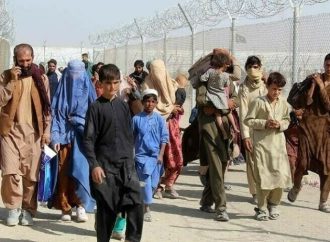

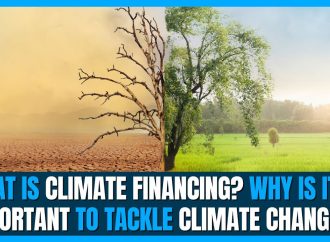
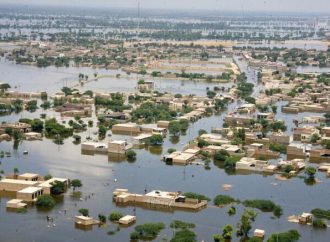
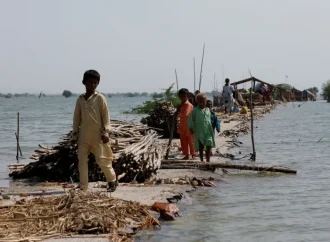
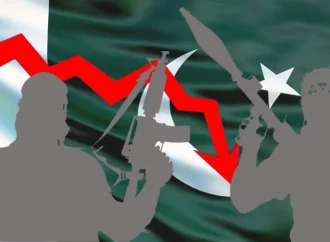





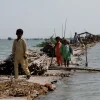








Leave a Comment
Your email address will not be published. Required fields are marked with *